How to install artificial grass correctly
When you decide to do the artificial turf installation It is a process that requires several steps, which are important to carry out for a better result.
In addition to this, the first thing you should know is how important the choice of product is, before moving on to preparing the existing base and finally to installation.
Options for the best artificial grass installation
It is good to remember that synthetic grass can be installed on any surface, but in case of installation on natural soil, First it is necessary to perfectly prepare and treat the existing surface.
Therefore, below are several options for the most commonly used grasses today that will prove to be the best companions for an original garden. You should know which type of grass is best for you.
Artificial Grass Carpet 7mm
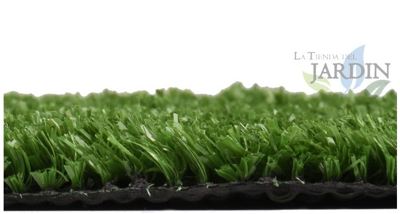
It is designed for moderate traffic. You can adapt it to stand locations, functional spaces, spacious locations, and small and large balconies.
UV protected. The backing of the mat is made of PP latex, and the surface is made of polyethylene and polypropylene with UV stabilization.
Artificial Grass Madrid 20 mm
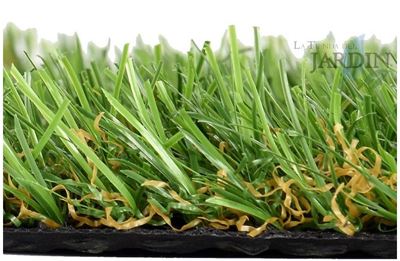
It is a yarn-height grass, which gives a natural and superior quality appearance, which you cannot ignore.
It has filaments that are delicate and soft. With a comfortable structure and is tolerant of constant traffic.
You can install it in outdoor areas, gardens, playgrounds, residential areas, patios, and rooftops. Its latex material and UV stabilization are ideal for camping and terraces.
Messina Artificial Grass 40 mm
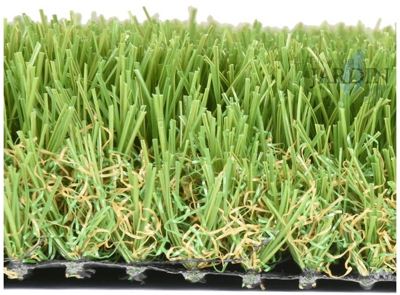
It's a grass model with very fine synthetic fibers, which makes it stand out. It has a very natural appearance.
It is perfect for any corner of the house or garden and for areas designated as children's playgrounds. Its latex material is suitable for these types of spaces.
The pile height is 30 mm, and the color is composed of four shades of green and brown. It is suitable for rooms or locations with high humidity.
Artificial Grass Spring 20 mm

With a very original look, this grass is comfortable with 3 threads of different colors. Its varied measurements make it useful for large areas such as gardens and patios.
Made with durable latex material and UV stabilization, it's suitable for prime spots in the park, especially ideal for outdoor play.
London 30mm UV High Quality Artificial Grass

Designed for outdoor locations such as playgrounds, recreation and sports areas, camping, and terraces.
After constant use, this type of turf guarantees quality and comfort. It also recovers quickly after proper maintenance.
It is characterized by having good performance as well as excellent drainage. With a 30 mm pile height, available in green, light, and dark brown. This type of grass can be used in areas with firm moisture.
Installing artificial grass step by step

Gather the materials you'll need to install your artificial turf. These will include: your herbicide if needed, a lawnmower, a Stanley knife, and accessories, such as tape, glue, and the following:
1- Measure and prepare the area
You must prepare the base for the new artificial mulch as best as possible; first, carefully remove the existing topsoil. To then measure and know how much you will need.
To proceed optimally, it is advisable to excavate and remove the first surface part of the bottom to a depth of approximately 8 to 10 cm. To make room for the new substrate indicated for the placement of the synthetic carpet.
It is essential to remove all grass and any roots you find to prevent an uneven surface from forming under the cover.
2- Compact the soil
You can do this with confidence using a vibrating plate or a roller. It's essential to consider drainage or maintain a certain slope of the underlying bottom to ensure water flow over and under the synthetic turf.
The addition of the substrate and its subsequent leveling is of utmost importance. The substrate can be composed of a wide variety of materials such as gravel, finely crushed granite or finally simple stones. Carefully chopped.
3- The edges
Now move on to installing the waterproof border around the entire perimeter of the area. This way, the grass won't fall out and won't come loose over time.
It is recommended to use a plastic edging; alternatively, it is possible to create a perimeter concrete curb around the area where the artificial turf will be laid.
At this point, we specify that this is a completely optional step and at your sole discretion. You can insert a "geotextile" type weed barrier that can be replaced between the rolls of artificial grass.
4- Lay the grass
Start by placing the turf close to the surface to be covered, if the support base is lower than expected, it will be necessary to place more gravel or stone and compact it so that the synthetic turf and surrounding surfaces align perfectly with each other.
With the help of at least one other person, stretch each strip and place it on the newly prepared base. Always check the flex of the synthetic grass stems to ensure they all point in the same direction.
Now cut the strips where necessary with the help of a simple carpet cutter or a small knife, obviously always working on the underside of the carpet.
5- Sewing Time
Now it’s time to “sew” the strips of freshly cut and laid turf together. There are different techniques for joining the different synthetic turf partitions.
It's usually best to use the adhesive suggested directly by the parent company, or alternatively, spread a bonding strip such as heavy-duty outdoor adhesive tape on the ground and then place the two strips of turf on top of it, finally joining them together.
6- Filling the lawn
Now add filler material to the newly laid turf. Almost all artificial turf requires a layer of particles that allow the grass blades to remain upright and not flatten. These particles weight down the blades and absorb impacts during sports activities.
Apply a thin layer of the material by hand and repeat the procedure several times until the blades of grass are evenly covered, approximately half its length.
The most commonly used materials are silica sand, black rubber flakes for impact absorption, or granular copper slag, which have the advantage of absorbing odors caused by pets.
7- Brush the grass
Finally, brush and moisten the lawn. Once the newly applied material has been raked, use a rotary brush to "revive" the grass and finally lift the stems.
It's a good idea to occasionally loosen the surface sand with a spring rake and refill as needed; don't use a power scarifier, as this can damage the grass fibers.
Hot items, such as barbecues, should not be placed directly on the surface, and you should avoid putting out cigarettes on the grass. Doing so risks damaging the artificial grass fibers and causing the unpleasant smell of melted plastic.
Any questions about installation or assembly, please contact the technical team atwww.https://latiendadeljardin.com/
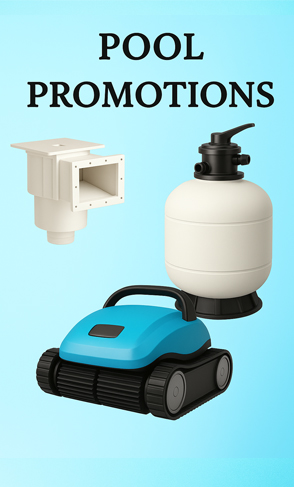






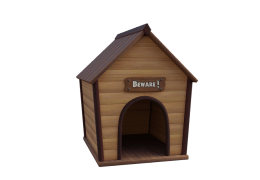

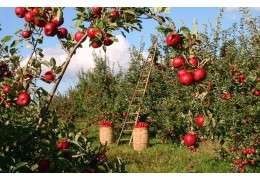

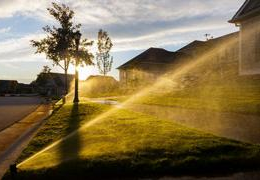
Leave a comment